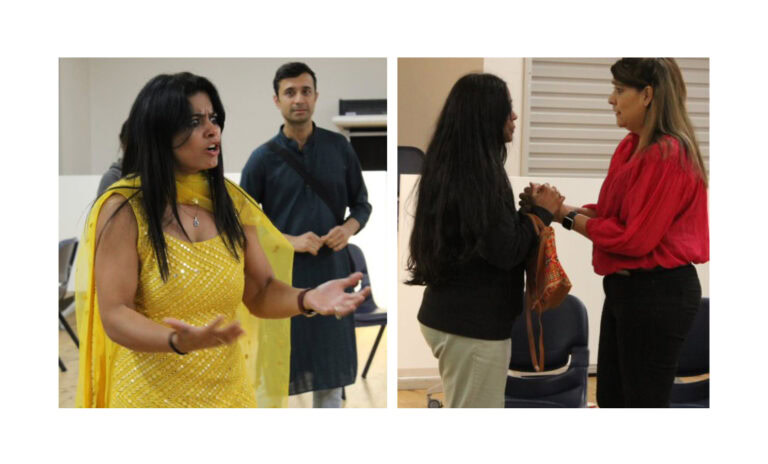
Australia Halves HIV Diagnoses Over Past Decade, On Track To Eliminate HIV Transmission

Australia has made significant strides in the fight against HIV, with new data from the Kirby Institute at UNSW Sydney showing a remarkable 50% reduction in HIV diagnoses over the last ten years. The latest figures reveal that in 2022, there were 555 new diagnoses, indicating that the country is on track towards eliminating HIV transmission.
The Kirby Institute’s data also revealed an impressive 57 per cent reduction in new HIV diagnoses among gay and bisexual men since 2013.
Professor Andrew Grulich, leading the HIV Epidemiology and Prevention Program at the Kirby Institute, credited community-led health promotion strategies and scientific discoveries like “treatment as prevention” and the introduction of PrEP in 2016 for the declining numbers. “The reductions in HIV diagnoses over the past decade came after years of increases among this group,” says Professor Grulich.
“They showed the success of community-led health promotion strategies, and of scientific discoveries like treatment as prevention. Treatment as prevention, or U = U, is the finding that a HIV-positive partner on effective HIV treatment cannot transmit the virus to a negative partner. From 2016, with the rollout of PrEP – a pre-exposure prophylaxis medication that prevents HIV infection – we saw HIV diagnoses decline even more rapidly.”
Eliminating HIV Transmission
The continued reductions among this group in 2022, even during the period of lower diagnoses in 2020 and 2021 possibly linked to reduced testing during COVID-19 restrictions, further underscores the effectiveness of Australia’s partnership response to HIV.
“These ongoing reductions are a result of the partnership response to HIV in Australia, which involves ongoing coordination of important contributions of communities, clinicians, government, and researchers. Australia brings these contributions together better than anywhere else in the world, and the numbers today are evidence of our collective success,” said Prof Grulic.
Dr Skye McGregor, head of the Surveillance Innovation Research Group at the Kirby Institute, lauded the progress. “The 2022 data show that Australia is tracking well towards the elimination of HIV transmission.” She attributed the success to effective prevention strategies, including increased HIV testing, treatment as prevention, and pre-exposure prophylaxis (PrEP), particularly among gay and bisexual men, who have experienced a significant decline in new diagnoses since 2014.
💬 “…Australia is tracking well towards the elimination of HIV transmission.”
New @KirbyInstitute data has shown that prevention strategies have halved HIV diagnoses over the last decade, cementing Australia as a world leader in HIV elimination.https://t.co/TElQ9LcMTz
— UNSW (@UNSW) July 20, 2023
Focus On Preventing HIV
The data’s release comes just ahead of the 12th IAS Conference on HIV Science, which was hosted both in-person in Brisbane and virtually. The report highlights that 57% of new HIV cases continue to be diagnosed among gay and bisexual men. Heterosexuals accounted for 30% of all diagnoses in 2022.
“These data suggest that to eliminate HIV, there needs to be increasing focus on prevention strategies that encompass all populations, including heterosexual men and women, particularly as we all begin to travel more following the relaxing of COVID-19 control measures. This includes safe sex travel campaigns and regular sexual health checks ups which include HIV testing,” said Dr McGregor.
According to McGregor, Australia was “in an incredible position in our response to HIV” with HIV diagnoses below 1000 for the past few years.
The data also revealed some small increases (25 diagnoses in 2022) in diagnoses among heterosexual people, Aboriginal and Torres Strait Islander peoples, and in certain states and territories between 2021 and 2022. However, researchers urge caution in interpreting these increases, attributing them to fluctuating factors.
Late HIV Diagnoses Is A Matter Of Concern
Among the concerning findings, the report showed that 44% of HIV diagnoses in 2022 were classified as late, indicating that individuals may have been unknowingly living with HIV for four or more years and experiencing HIV-related illnesses. Dr. McGregor stressed the importance of regular sexual health checkups, including HIV testing, for anyone sexually active.
Australia’s Federal Minister for Health and Aged Care, Mark Butler, expressed optimism about achieving targets for HIV elimination but warned against complacency.
“The Australian government will continue to work closely with community organisations, health departments and research centres like the Kirby Institute, to maintain Australia’s position as a world leader in HIV elimination,” Minister Butler said.









